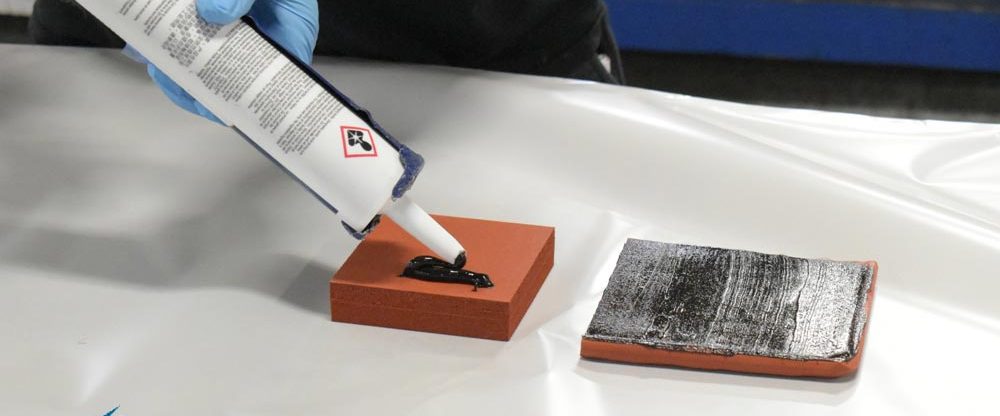Contact Stockwell Elastomerics
Request a quote or get more information.

Fabricated Gaskets
Fabricated gaskets can be made of solid, sponge, or foam materials. Typically, these materials are elastomers like silicone, urethane foam, EPDM and other similar materials. When gaskets are fabricated from sheets, rolls, or extrusions, there isn’t a phase change from a liquid to a solid. Instead, non-liquid material is cut into a specific size and shape from roll or sheet goods. Even with sponge gaskets and foam gaskets, customers receive a product that’s fully cured in form.
To provide sealing, gaskets fill the gaps between mating surfaces such as a door and a door jamb. Gasket compression is critical, but too much compression can prevent the gasket from returning to its original dimensions when this force is removed, such as when a door is opened. Typically, assembly personnel install and replace gaskets by hand. Molded or extruded gaskets may press into place over an edge, but gaskets made from sheet materials may attach with adhesives and/or fasteners instead.
Benefits:
Trade-offs:
RTV Gaskets
RTV gaskets are made of a silicone elastomer that’s supplied as a liquid and applied to a surface where the material hardens at room temperature but remains flexible. Known as curing or vulcanization, this cross linking process causes the RTV silicone to obtain its final properties. During product assembly, RTV gaskets can be applied by hand or dispensed with equipment. Either way, an RTV gasket conforms to the surface, supports some amount of compression, and facilitates sealing and assembly in a single step.
Unlike traditional gaskets, RTV is only available in silicone. These gaskets always require curing. In their liquid state, RTV silicones are susceptible to picking up dirt. If too much RTV is applied to a substrate, excess material may seep onto surfaces where it doesn’t belong or break off after curing. Although RTV gaskets don’t require adhesives or fasteners, removing them can be challenging because they are intended for permanent installation.
Benefits:
Trade-offs:
FIP Gaskets
Form-in-place (FIP) gaskets are made of a silicone, or synthetic rubber that is supplied as a liquid and dispensed onto a surface where the material is cured with heat, moisture, or ultraviolet light. Unlike RTV gaskets, which are sometimes applied by hand, FIP gaskets are always dispensed using purpose-built CNC equipment. This limits the practical applications of FIP gaskets to higher volumes, such as the sealing and assembly for enclosures such as consumer electronics.
Among their advantages, FIP gaskets can fill small or complex spaces that are difficult for installers to reach or for other types of gaskets to accommodate. When applied properly, form-in-place materials produce little waste and can achieve precise dimensions. Because bead size is a practical limitation, conventional gaskets are a better choice. Like some traditional gaskets and RTV gaskets, however, FIP gaskets can be made of electrically conductive silicones that provide EMI shielding.
Benefits:
Trade-offs:
Contact Stockwell Elastomerics for more information or to request a quote for custom gasket manufacturing services.
Request a quote or get more information.
